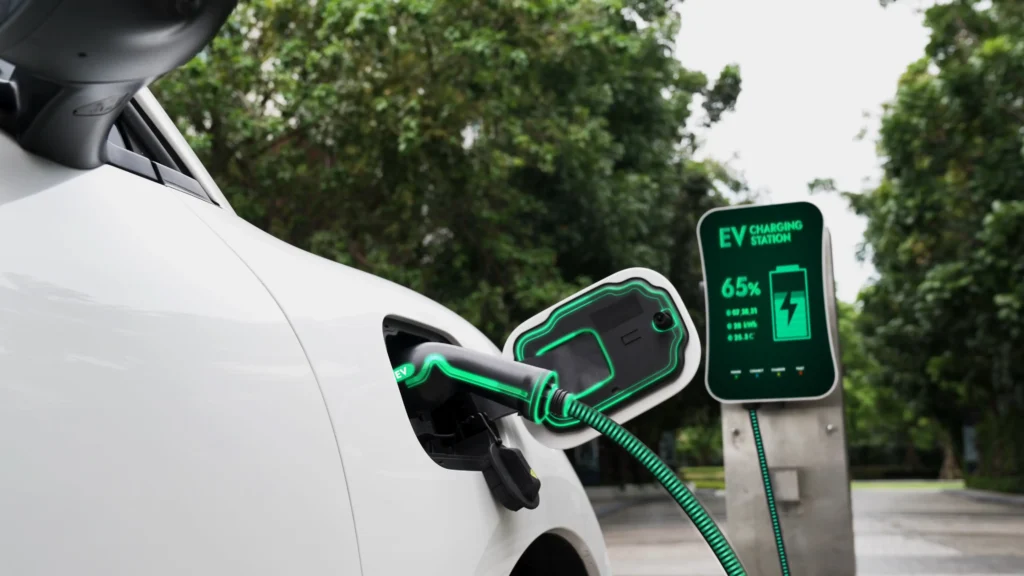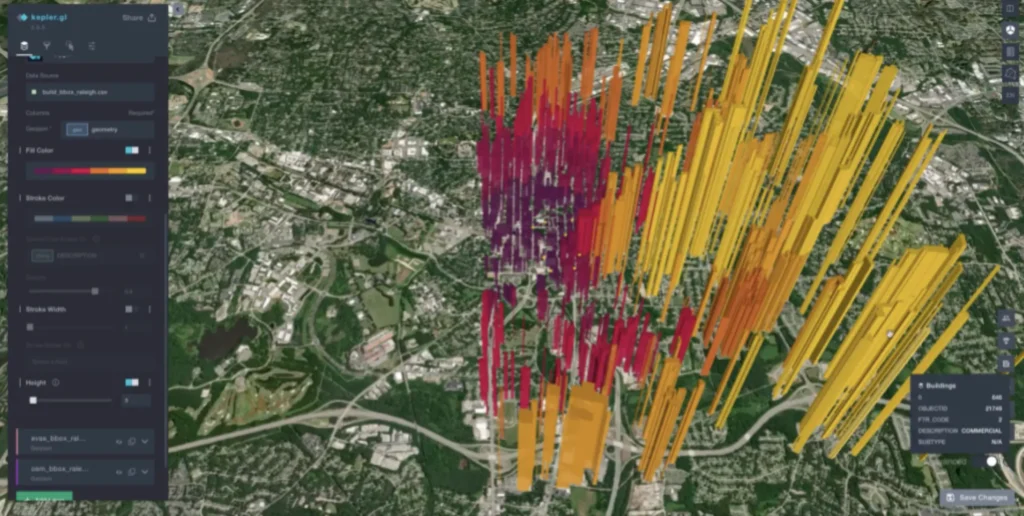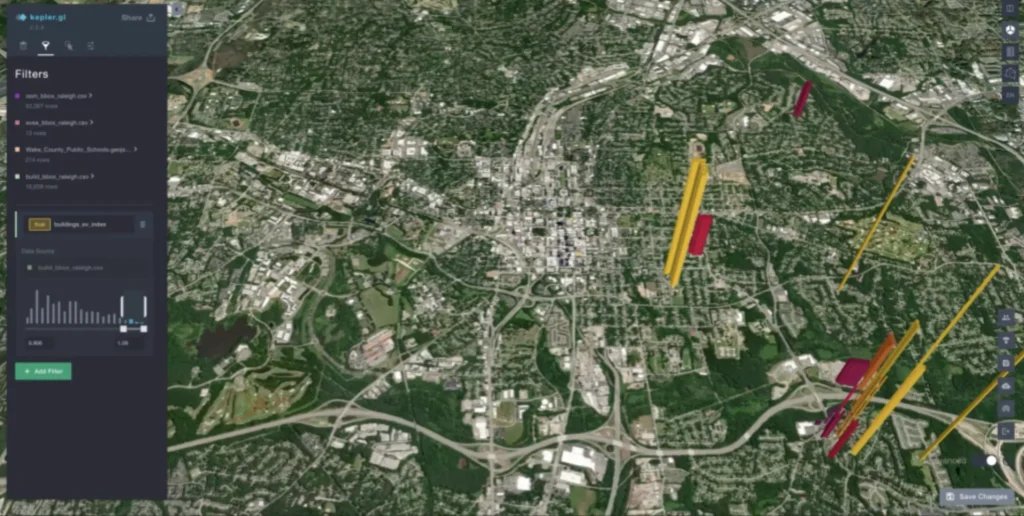•
Sep 25

The electric vehicle (EV) market has grown exponentially in recent years. With governments worldwide pushing for greener transportation alternatives, EVs have emerged as a likely contributor to those sustainability goals. According to the International Energy Agency (IEA), the number of electric cars on the road surpassed 40 million in 2023, accounting for about 18% of all vehicles sold.
Yet, there remains a difficult disconnect between EV sales and the infrastructure necessary to support them. EV adoption and sales have gotten ahead of charging infrastructure installation. The lack of chargers threatens to impact EV sales, increases pressure on urban planners to ensure their city’s infrastructure keeps pace, and pushes EV charging operators to expand highway EV charging networks. Central to this challenge is where to build new EV charging stations to meet the demand.
Building an EV charging station is more than just plugging in a few outlets; it requires a comprehensive infrastructure plan to ensure efficiency, convenience and sustainability. Adequate site planning is crucial, including considerations for optimal charger placement, easy access and enough parking spaces for multiple vehicles.
Urban planners and EV charging operators must consider many factors, such as current EV adoption rates, future growth projections and infrastructure development plans, to determine new locations for EV charging stations. Establishing charging stations too early can lead to underutilization, while delaying installation can hinder EV adoption.
To illustrate the complexity of selecting EV charging locations, urban planners and EV charging operators must use comprehensive data to make informed decisions about EV charging locations, including:
Other factors to consider when selecting a location include population density, proximity to houses and apartments and distance to existing charging stations.
Is there a better and faster way to determine EV charging locations? Yes. AI and digital twins are highly effective in EV site planning and can be done in days.
AI and digital twin models can revolutionize EV charging station expansion. AI algorithms can analyze vast amounts of relevant data, identify patterns and predict future demand. This analysis enables urban planners and EV charging operators to make data-driven decisions that ensure charging stations are in strategic locations for maximum impact.
Sand Technologies’ AI Network Planner combines AI, machine learning and digital twins to identify EV charging station locations that balance current and future demand. It assists with large-scale investment decisions by providing detailed insights into customer demographics and optimal network expansion configurations.
The solution provides the detailed insights urban planners and EV charging operators need to optimize and prioritize CapEx investments for maximum reach and ROI using machine learning, network graphs and geospatial analytics.
EV charging station locations need to be where there is high demand, in urban areas and on interstates. Using satellite images, LiDAR data and other datasets, the planner identifies the best locations to add new EV charging stations. And it does so quickly: our advanced algorithms find the highest impact locations in a matter of days rather than months.
Then, using digital twins, the solution simulates real-world operations so city planners and EV charging operators can perform scenario testing to refine their decision-making process with future-proof expansion simulations, including the financial impacts.
The solution can model complex network scenarios using various integrated data sources. It empowers planners and operators to run real-time experiments on different network location options to optimize major investment decisions.
The result is a comprehensive set of expansion roadmaps to guide the planning, tactical execution and value of properly placed charging-station infrastructure.
Here are actual screens for planning an urban EV charging station expansion in a U.S. city. Since city-owned EV chargers must exist on commercial property, the exercise begins by identifying commercial (blue) versus residential (pink) properties.

The next step is identifying which of the potential locations represents the ideal mix of proximity to EV owners/users, location in relation to high-demand areas and distance from existing EV charging stations.
In the second screen, pink and purple colors represent locations close to existing EV charging stations and may be redundant. The yellow locations are commercial-zoned properties whose distance from existing EV charging stations makes them a potentially better target for extending the charging infrastructure.

In step three, the model creates vertical bars showing the same information on the previous screen but with an additional graphic indicator of demand. The higher the bar’s height, the more likely the location will meet the demand for unmet EV charging stations.

By using filters built directly into the interface, urban planners and EV charging operators can easily “scale back” their rollout options to identify the ten best options to build an EV charging station.

This model surfaces exciting possibilities to help expand a city and urban EV charging infrastructure, but it’s not just a theoretical exercise. The underlying technology has already been used in the telecommunications industry with great effect.
In one scenario, a leading global telecom operator used similar underlying models to map its infrastructure gaps and optimize its network expansion plans. The model identified the most effective way to deliver broadband access, from 4G to 5G to satellite internet. By layering analytics on top, the operator could build a detailed business case for each access strategy down to a street-by-street and building-by-building level.
In another example, the operator had to expand and improve its network due to soaring customer expectations and technological advancements. The challenge was how to modernize and scale without sacrificing quality or efficiency. The AI solution they chose, similar to this EV charging model, helped them to prioritize large-scale fiber rollouts, capturing $4B in value while identifying four million new homes to service.
The electric vehicle market has seen unprecedented growth during the past decade. This trend is poised to redefine the future of transportation. However, EV charging infrastructure deployment must catch up for this momentum to continue.. Urban planners and EV charging operators must find innovative ways to take their EV infrastructure to the next level. AI can help them achieve this future efficiently and cost-effectively while addressing capacity modeling for the electricity grid. Much as global telecommunications leaders have used AI to expand their networks efficiently, EV charging operators can use AI to expand their charging network and city leaders can leverage AI to expand their smart city infrastructure.
Other articles that may interest you